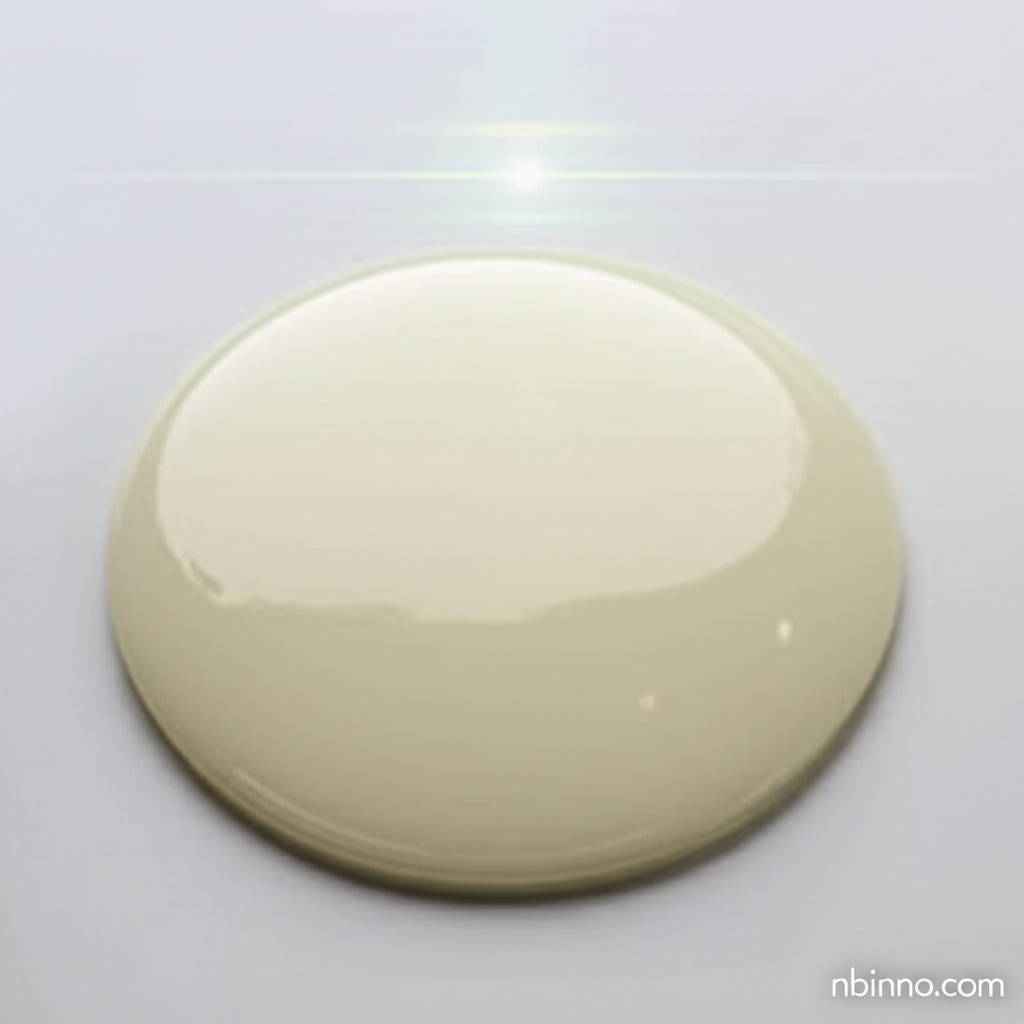Anionic Acrylic Polymer for Pigment Printing
Elevate your textile printing with superior thickening and vibrant color yield.
Get a Quote & SampleProduct Core Value

Anionic Acrylic Polymer for Pigment Printing
This advanced anionic acrylic polymer is a high-viscosity thickener specifically formulated for pigment printing in the textile industry. It ensures excellent color fixing and water retention, leading to superior print quality and fabric feel.
- Leverage a strong thickening effect with less dosage required, optimizing your production costs for textile printing thickener applications.
- Achieve high color yield and clear shapes for vibrant, detailed prints when utilizing this pigment printing thickener.
- Benefit from good flow ability and excellent stability, crucial for both rotary printing and flat printing processes.
- Ensure environmentally conscious printing with APEO and formaldehyde-free formulation, enhancing safety in textile auxiliary agent usage.
Advantages You Gain
Superior Print Definition
Experience precise, sharp patterns and rich color values, a key benefit when using this high-performance anionic acrylic polymer for pigment printing.
Enhanced Fabric Feel
Achieve a soft handle on textiles, improving the overall quality and appeal of your printed fabrics, making it a top choice for textile printing thickeners.
Cost-Effective Application
The concentrated nature means less dosage is required, providing a cost-effective solution for pigment printing needs and overall textile auxiliary agent requirements.
Key Applications
Textile Pigment Printing
Utilize this anionic acrylic polymer as a primary pigment printing thickener to achieve vibrant, durable prints on a wide range of fabrics.
Rotary Screen Printing
The excellent thickening performance makes it ideal for rotary printing, ensuring consistent paste viscosity and sharp print definition.
Flat Screen Printing
Achieve superior results in flat printing applications, benefiting from the product's good flowability and high color yield.
Textile Dyeing Processes
As a versatile textile auxiliary agent, it contributes to enhanced color fixing and water retention in various textile dyeing processes.
